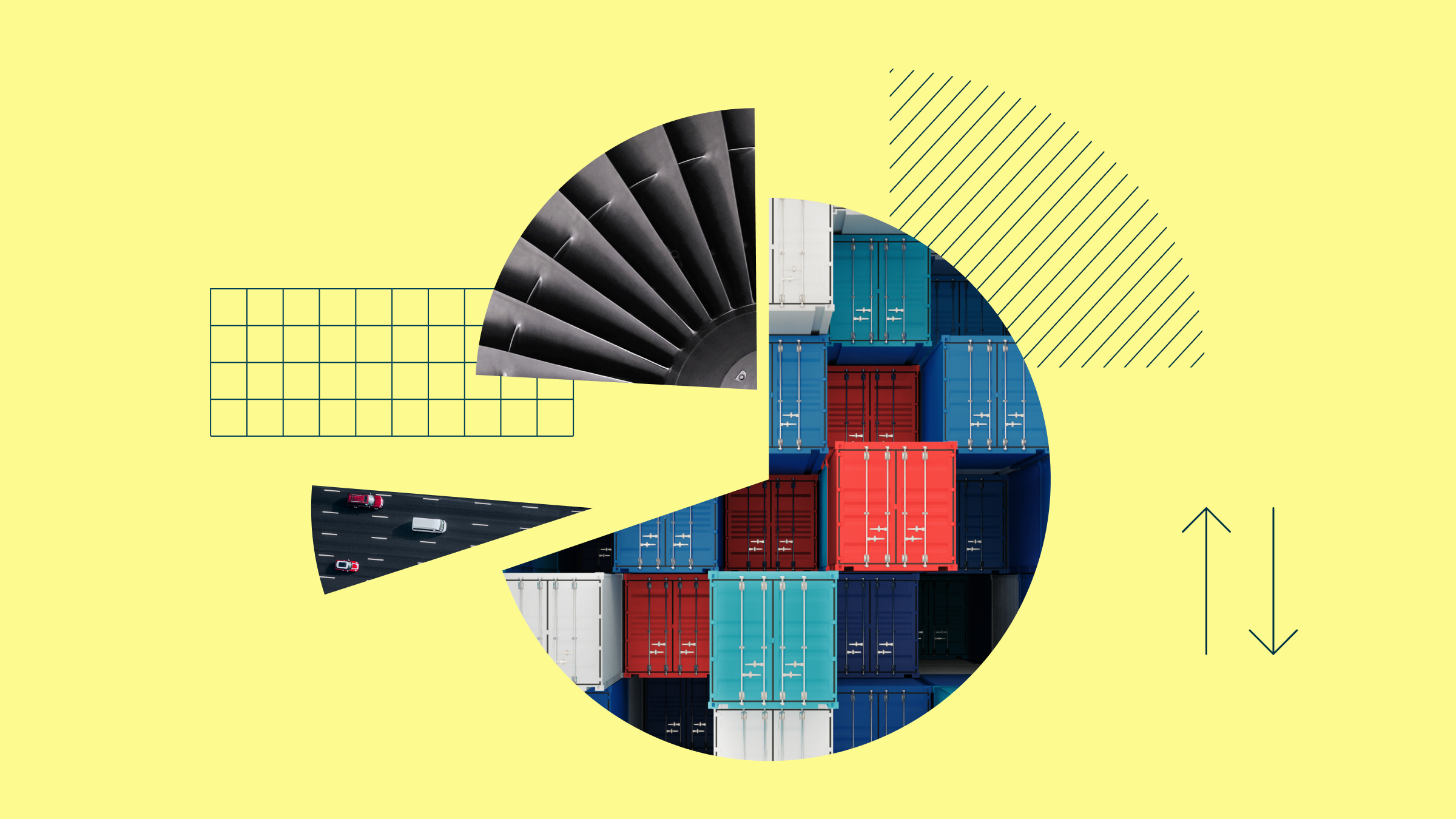Merknad, videoen er laget for amerikansk publikum, men hovedpoengene i videoen er like relevant for norske investorer. En idé er å se på et globalt indeksfond for å se fordelingen på sektorer og regioner i dette fondet.
Christine Benz: Hi, I'm Christine Benz for Morningstar.com. Many investors wrestle with how much to allocate to foreign stocks and bonds. I recently sat down with Vanguard's Fran Kinniry, who shared some guidance on setting those allocations.
Fran, thank you so much for being here.
Fran Kinniry: Thank you, Christine.
Benz: You have done a lot of work on the topic of global investing and how globally diversified portfolios should be. Let's start by discussing the case for having a globally diversified portfolio.
Kinniry: Sure. I think most investors have what is known as a "home bias," which means they tend to overweight their home country, and this is not just a U.S. phenomenon. It actually happens in every market that we see, and that is to overown your home country. There is risk to that because you can actually get what we would call "free diversification" by owning something closer to the global cap weight. Now, there could always be some slight home bias, but you really want to be aware of how large that home bias is because you're going to get equitylike returns, you're going to lower the standard deviation and risk, and get more securities. So, for all of those reasons, it makes sense to be aware of where global capitalizations lie and be close to that and try to remove as much of the home bias as you can.
Benz: So, for a U.S. investor, the U.S. market is, give or take, roughly 50% of the global equity market today, and foreign stocks compose the other half.
Kinniry: That's correct. The global cap would be 50-50. Vanguard, in most of our solutions, we recommend 40% non-U.S. and 60% U.S. So, we're close to the global cap in the U.S., but there are reasons why you might want to have a slight home bias: You're going to spend money in your own inflation, and there's an element of investor comfort with having a small home bias. So, a 10% home bias here in the U.S., for us, is pretty marginal. If we can get investors to be at that global level, we think that that's the optimal spot to be.
<TRANSCRIPT>
Benz: Another question: I know that certainly within, say, the target-date products, you favor a strategic approach to asset allocation--you don't make adjustments to those weightings--but what about investors who are saying, "Well, maybe I'll add to foreign stocks when I think they look relatively inexpensive and pull back on them when they get more expensive?" What do you say to a more-tactical hands-on strategy to determining your foreign-versus-U.S weighting?
Kinniry: A couple of things. When you research even on Morningstar, you have go-anywhere funds or [tactical asset-allocation] funds and our internal work of tactical rotational funds; it's a very difficult objective to get right. The majority of the mandates that do this do not have excess returns. So, it is tough. That's the first thing I would say.
Number two: Valuations, which are pretty good at predicting longer-term returns, are not all that good at predicting shorter-run returns. And the dataset is not all that long. In the U.S., we do have data going back 80 or 90 years on price/earnings; but when you look at the emerging markets and the non-U.S. markets, it's a pretty short window of 20 or 30 years in which you have good valuation metrics to even utilize something that would be tactical.
Benz: You mentioned emerging markets, and I think that those markets have been very much on investors' minds. They have weighed down foreign-stock-index performance and foreign-fund-index performance at large. How should investors go about setting their allocations to emerging-markets equities as a percentage of their total foreign allocation? Does it just come back to that global market cap as a baseline?
Kinniry: We would recommend starting with the global market cap. So, if you were to say 50-50 or if you wanted to have that small home bias--let's say 60% in the U.S. and 40% outside of the U.S.--emerging markets might be between 15% and 20% of that basket. So, 15% or 20% in emerging markets would be about 8% to 10% of your total equity portfolio. The important thing would be to just be aware of that through time and rebalance to that target allocation. That would probably be a better strategy than a tactical strategy.
Benz: We haven't talked about foreign bonds, but Vanguard made a pretty big statement with its target-date funds by including hedged foreign bonds in those products. How about emerging-markets bonds? That's a category that has been pretty beaten up over the past year or so. Yields are quite attractive now. What should investors know before they venture into that quite narrow asset class?
Kinniry: I'll start with our introduction to the non-U.S. hedged bond fund, just because it's so different from emerging markets. Our non-U.S. bond fund, which is hedged back to the dollar, is a very conservative asset, and it has bondlike quality--high-quality bondlike quality. So, when we've seen the equity market under stress, it has performed very well--much like the U.S. government market. So, we really think that's a great addition to a bondlike investment. The emerging-markets bond fund actually correlates closer to emerging-markets equities. I'm not here to say that it's good or bad; but if you are going to include it, you would want to think of it as more like your equity portion and not your fixed-income portion, because it has more equitylike characteristics than bondlike characteristics.
Benz: So, the volatility is a lot higher. You think of it as the aggressive portion of your portfolio.
Kinniry: Exactly. Don't assume that because it has "bond" in the name or "fixed income" in the name that it would come out of your bond-allocation part.
Benz: Fran, thank you so much for being here to share your insights.
Kinniry: Thanks, Christine. I appreciate it.

















